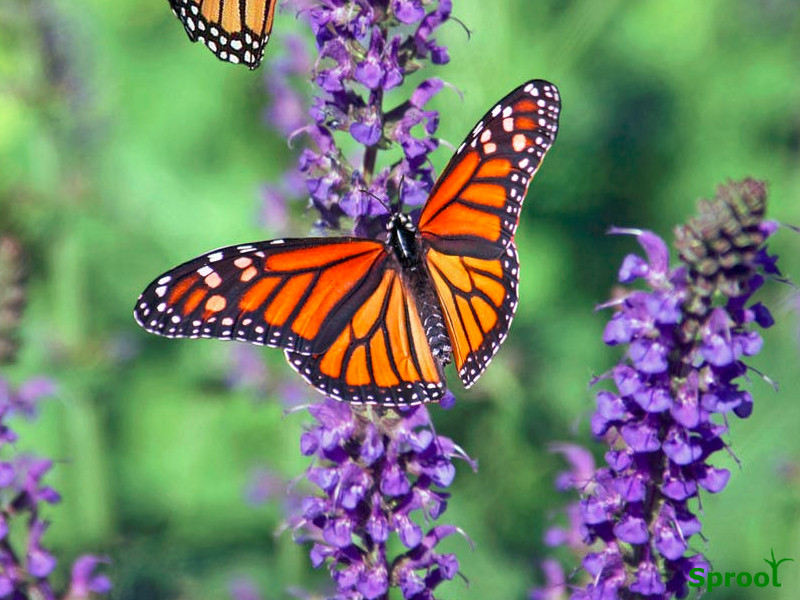Gardening is for Everyone
Before you start, take some time to decide what kind of garden you want and what type suits you best. This thoughtful approach will save you both time and money.
Consider how your lifestyle and home style will influence your gardening choices:
- Lifestyle: Are you busy and looking for low-maintenance options, or do you have time to invest in more elaborate garden projects? Your gardening style should fit your daily routine and preferences.
- Home Style: The design and space of your home can guide your garden choices. For example, a small urban balcony might benefit from container gardening, while a spacious backyard could accommodate a variety of garden styles.
By aligning your gardening plans with your lifestyle and home, you’ll create a space that enhances your enjoyment and fits seamlessly into your life.
Houseproud
If you dislike clutter and have a modern, minimal style house, then a cottage-like garden with unruly plants may not align with your aesthetic. Instead, you might prefer a garden that reflects your neat and tidy style. Consider creating a clean, contemporary outdoor space by:
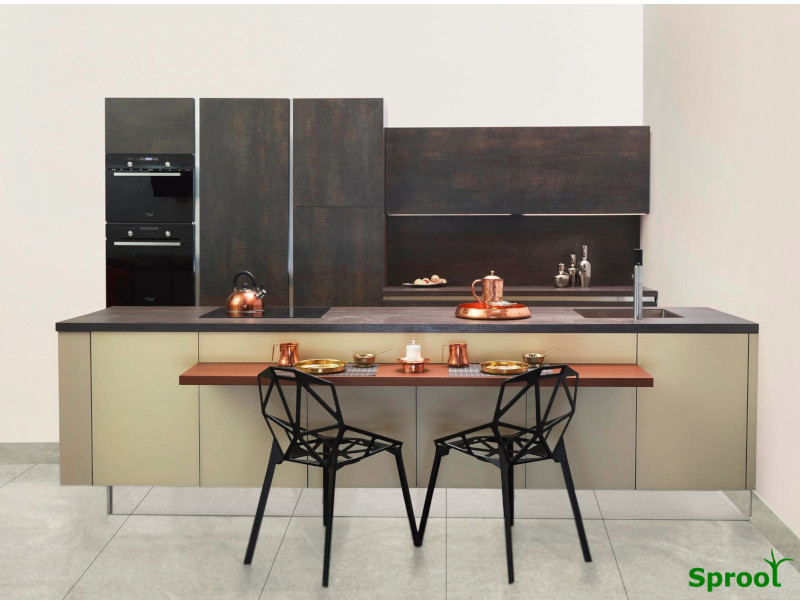
- Mixing Structural Plants: Choose plants with sleek, defined shapes and architectural qualities. Examples include ornamental grasses, topiary, and succulents that contribute to a structured look.
- Using Containers: Opt for stylish, modern containers in materials like metal, ceramic, or concrete. These can complement your minimalist design and keep the garden looking organized.
- Incorporating Gravel Paving or Decking: Use gravel or decking to create clean lines and defined areas in your garden. These materials can add texture while maintaining a streamlined appearance.
This approach will help you design a garden that complements your modern home and reflects your sense of style.
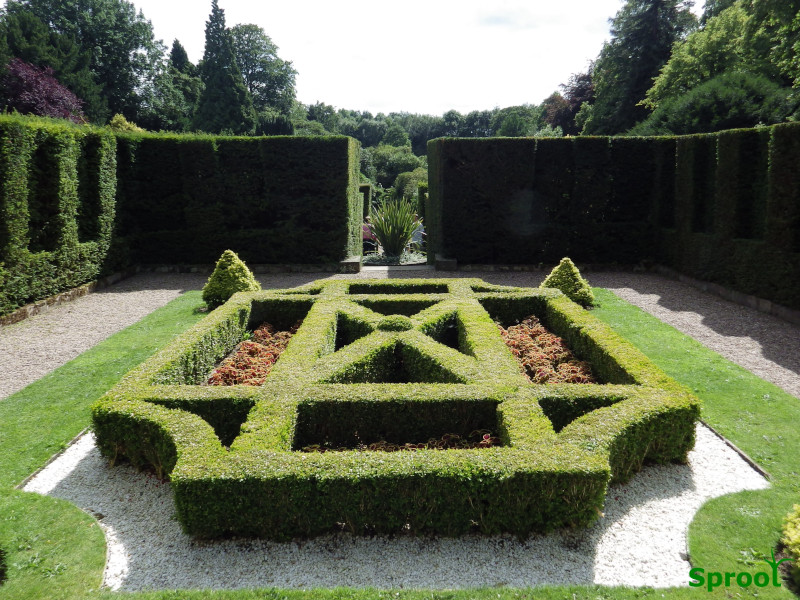
Evergreen Plants for a Minimalist Garden
Evergreen plants that can be trimmed or shaped will perfectly suit a neat and modern garden aesthetic. Consider incorporating:
- Box Hedging (Buxus): Ideal for creating clean lines and structured borders. Box hedging can be trimmed into various shapes and sizes, making it a versatile choice for a tidy garden.
- Plants on Stems (Standards): These are shrubs or trees grown on a single stem, providing a sculptural element to your garden. Examples include standards of bay or holly.
- Topiary: Shaped evergreen plants, such as yew or holly, can be pruned into various geometric forms. Topiary adds an artistic touch while maintaining a controlled and sophisticated look.
These evergreen options not only enhance the visual appeal of your garden throughout the year but also align with a modern, clutter-free style.
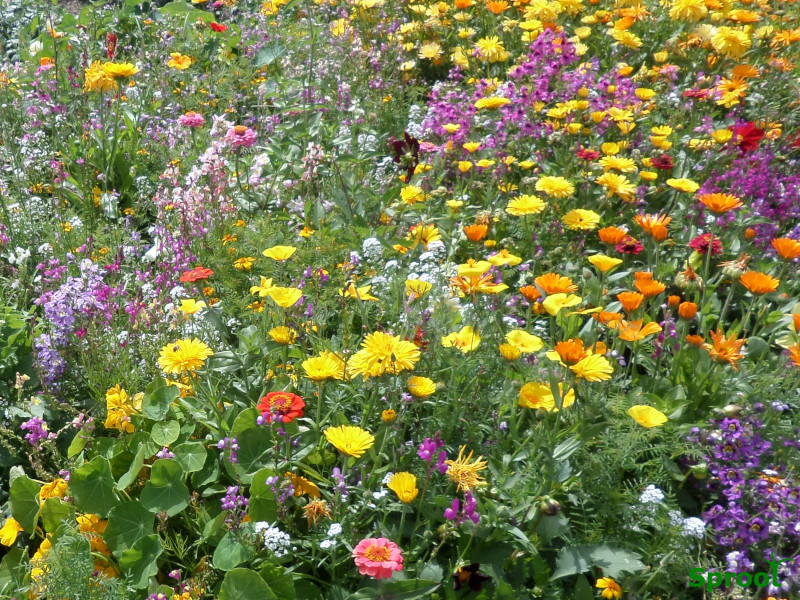
A wild, cottage-style garden, with its naturalistic and often chaotic charm, might indeed be overwhelming for someone who is houseproud and values a clean, orderly aesthetic. The informal, dense planting and abundant growth typical of cottage gardens can contrast sharply with a minimalist and neatly maintained home environment. For someone who prefers a more controlled and polished look, the unruly nature of a cottage garden could feel cluttered and unmanageable. Instead, focusing on structured, evergreen plants and neat, modern design elements would be more in line with their preferences.
Collectors
If you’re an avid collector with a house full of nick-nacks and perhaps an alphabetical record collection, you might find joy in cultivating a garden that reflects your passion for acquiring and curating unique items.

Consider focusing on:
- Alpines: These small, hardy plants can be a fascinating collection. With their diverse forms and colors, alpines can be grown in specialized containers or alpine houses, offering a rewarding challenge in care and arrangement.
- Hobby Plants: Engage with plants like roses, fuchsias, or dahlias. Each type offers a range of varieties and cultivars to collect, providing a rich field for research and acquisition.
- Rare Plants: Joining a gardening society can connect you with other enthusiasts and provide access to rare and unusual plants. This allows you to further indulge in sourcing and growing unique specimens.
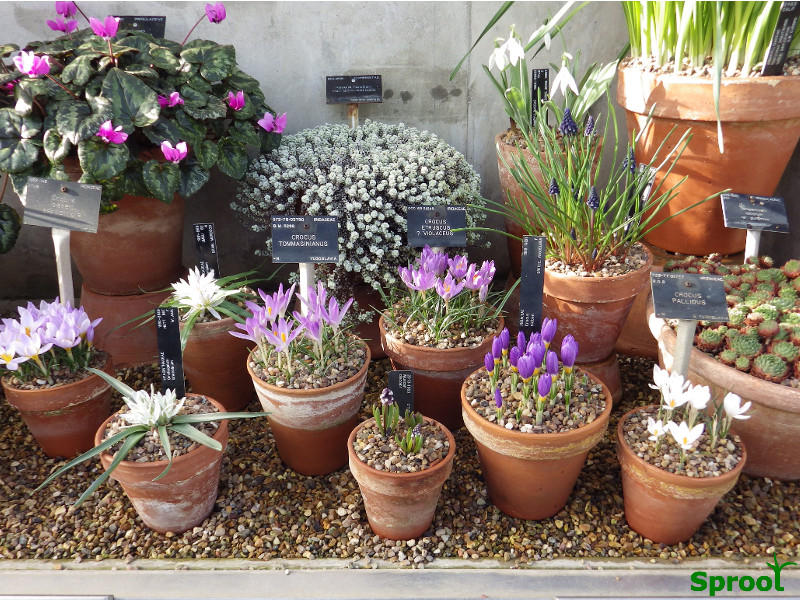
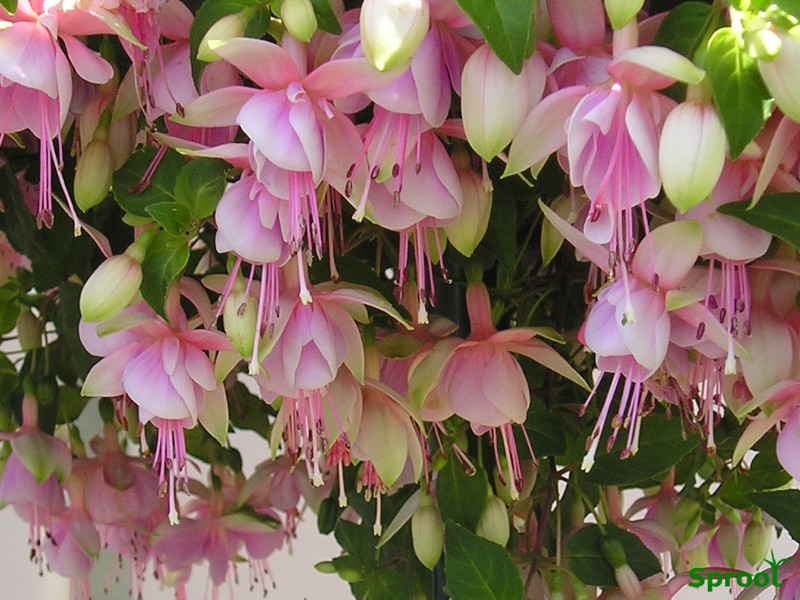
By immersing yourself in the world of plants, you can enjoy accumulating knowledge and building a collection that mirrors your passion for collecting.
Competitive Gardener
If you have a competitive streak and a keen eye for detail, growing plants for flower shows could be the perfect challenge for you. Here’s how to get started:
Start Locally: Begin by participating in local flower shows. While the prize money might be modest, the experience of growing show-quality flowers or produce and receiving feedback is immensely rewarding. It’s a great way to hone your skills and gain confidence.
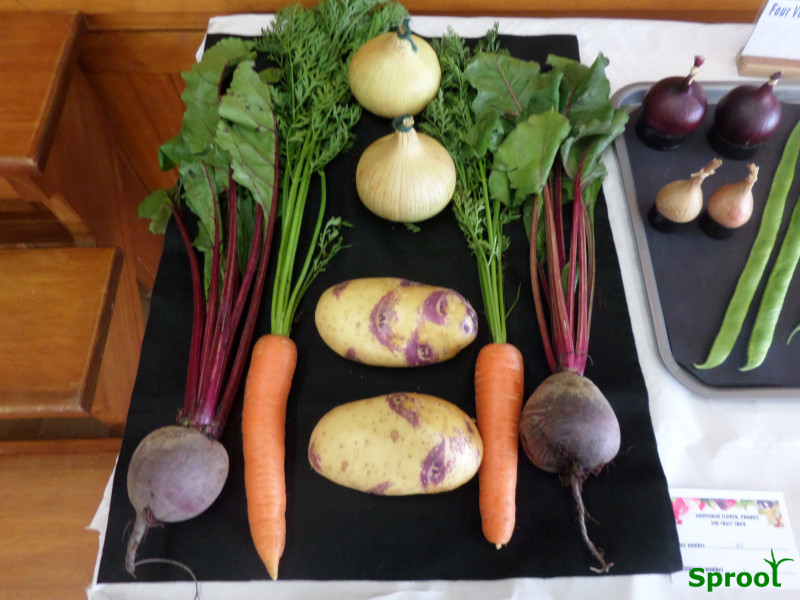
Advance to Regional Shows: Once you’ve mastered the basics, move on to regional flower shows. This will allow you to test your growing skills against a broader range of competitors and learn from other top exhibitors.
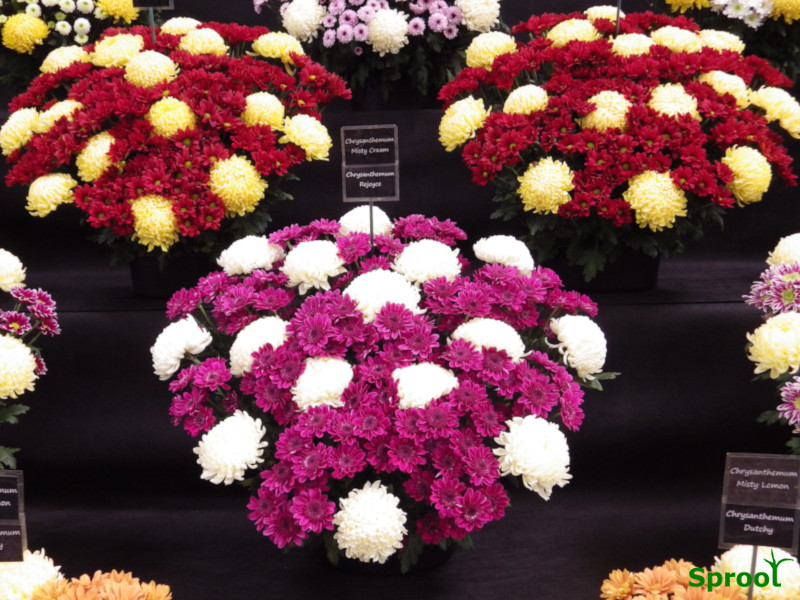
Embrace the Camaraderie: Flower shows are known for their friendly competition and supportive community. You’ll find a camaraderie among exhibitors who share your passion for excellence.
You can then try the regional shows and test your growing skills against the best.
Prepare for High Stakes: As you progress to national or international levels, be prepared for more intense competition. World record holders sometimes use extreme security measures to protect their entries, reflecting the high stakes of these events.
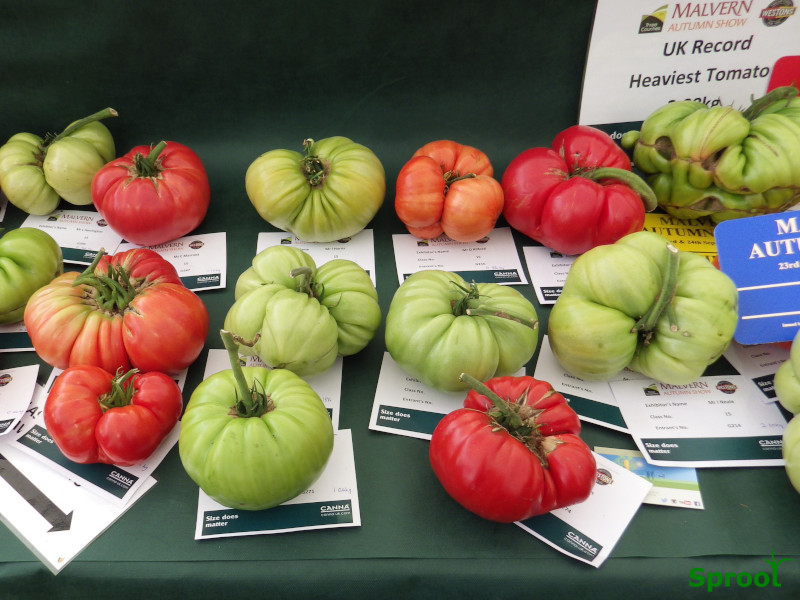
Participating in flower shows offers not only the thrill of competition but also the satisfaction of achieving high standards and engaging with a vibrant community of fellow enthusiasts.
Model Makers and Crafters
If you’re a keen crafter or model maker, gardening can be a natural extension of your skills. It involves technical knowledge, attention to detail, and the opportunity to create unique designs. Here are some ways to channel your crafting talents into gardening:

Bonsai: This art form combines precision and creativity, allowing you to cultivate miniature trees with meticulous care. It’s a perfect fit for those who appreciate intricate detail and craftsmanship.
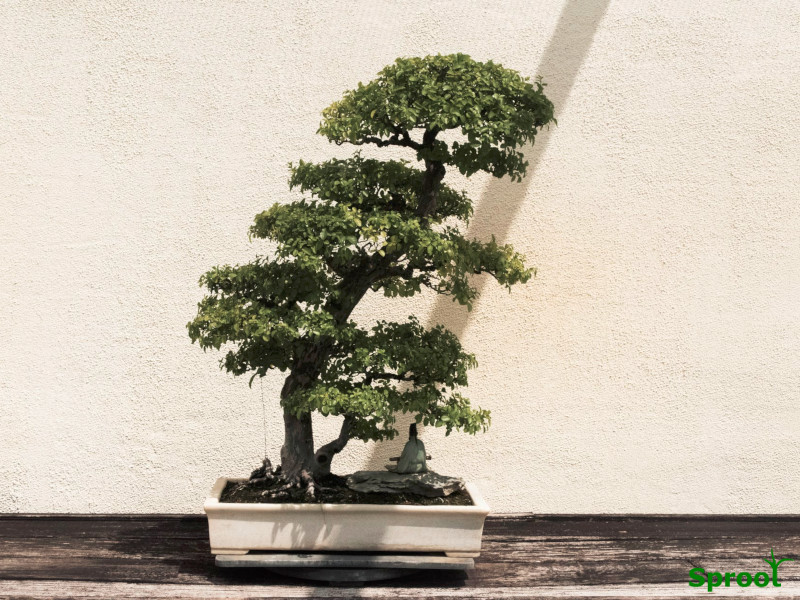
Hanging Baskets: Design and assemble hanging baskets with a mix of plants and decorative elements. Experiment with different arrangements and plant combinations to create visually appealing displays.
Colorful Planters: Craft or decorate your own planters to add a personal touch to your garden. You can use a variety of materials and techniques to create planters that reflect your style.
Miniature Indoor Gardens: Create small-scale landscapes or fairy gardens that fit into containers or terrariums. This allows you to design intricate scenes and showcase your creativity in a compact space.
Gardening offers ample opportunities to apply your model-making and crafting skills, allowing you to develop and showcase your unique ideas and designs.
On-Trend
If you’re a frustrated designer with an eye for color and design, gardening offers a fantastic outlet for your creative skills. Here’s how gardening can help you explore and develop your design talents:
Design Flexibility: Whether you’re working on a small project like a container garden or a larger landscape costing thousands, gardening allows you to experiment with design elements on various scales.
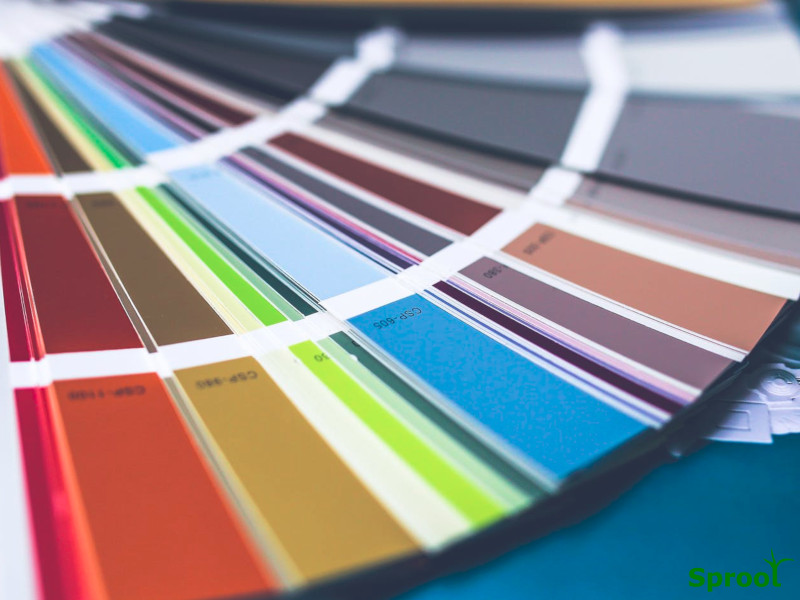
Color Combinations: Use plants to test different color schemes and combinations. Unlike static home furnishings or paint, plants can change their hues and textures over time, giving you the opportunity to see how colors evolve and interact.
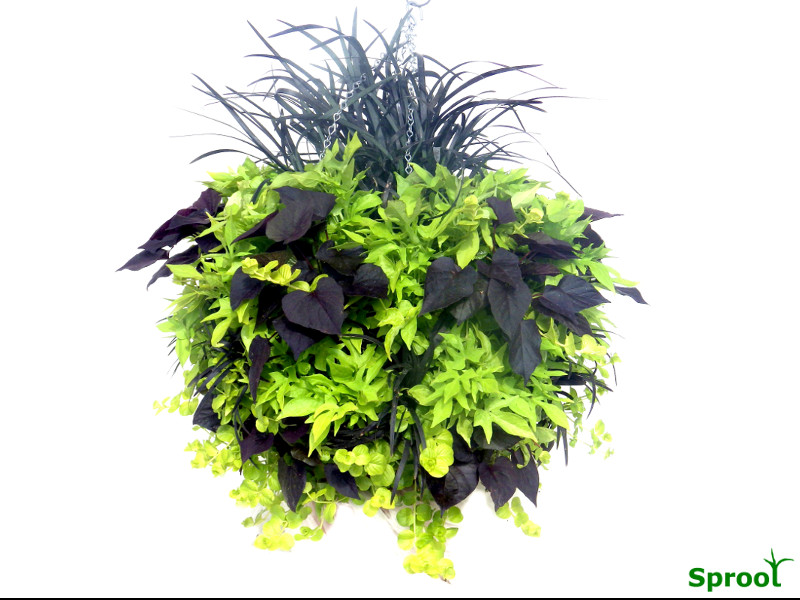
Shape and Form: Play with different plant shapes and arrangements. Gardens offer dynamic design possibilities, from geometric layouts to flowing, organic forms.
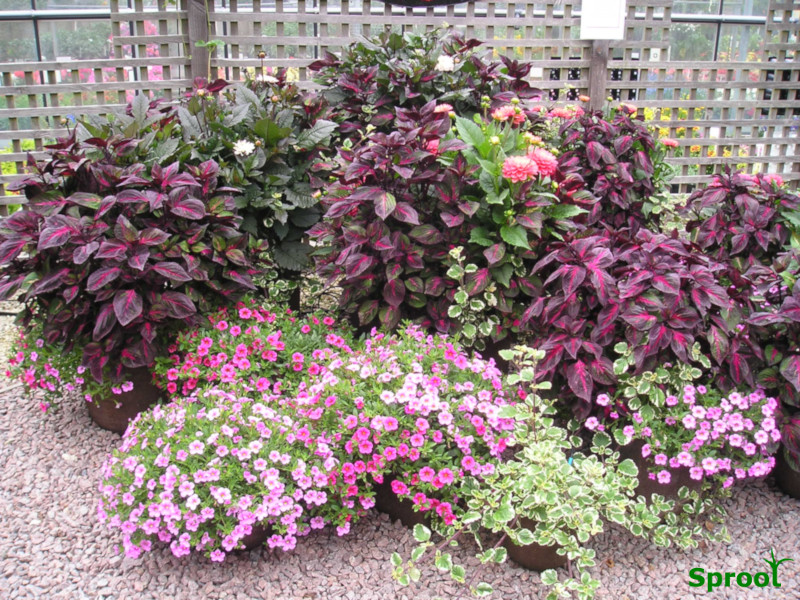
Movement and Adaptation: Plants grow and change, so you can adjust their positions and combinations as they develop. This adaptability lets you refine and tweak your designs continuously.
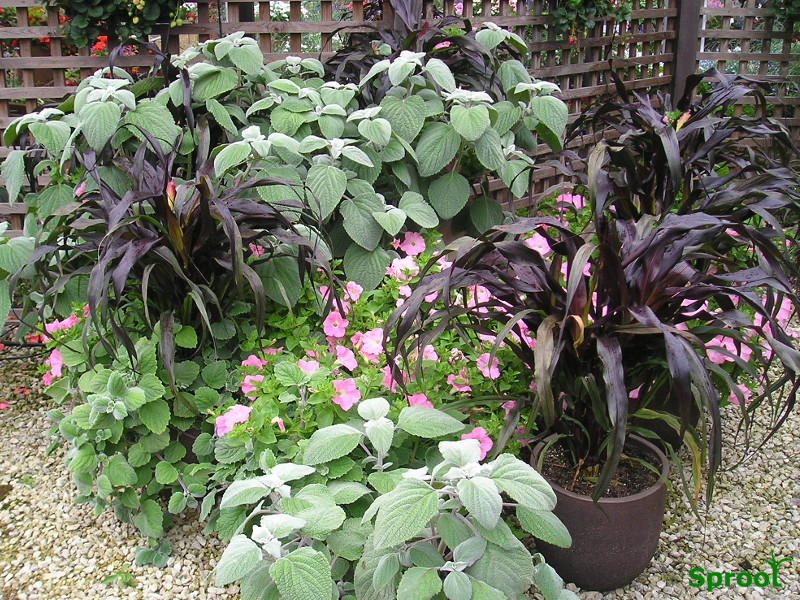
Endless Possibilities: The limitless variety of plants and design options means you can explore endless creative ideas, from trendy modern looks to classic styles.
Gardening allows you to merge your design sensibilities with nature, offering an ever-evolving canvas for your creativity.
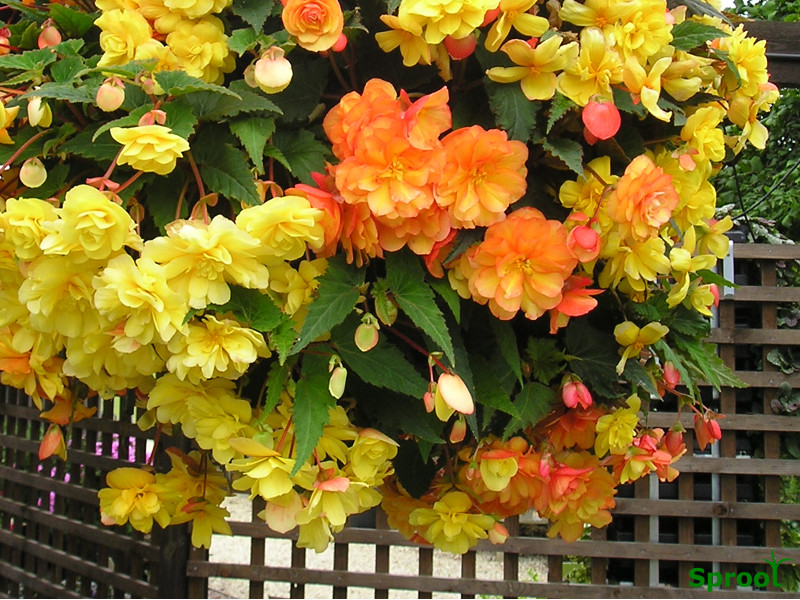
Are You a Frustrated Designer?
If you have an eye for color and fashion, creating hanging baskets or planters is a fantastic way to channel your design skills. It’s not only easy but also a creative outlet that lets you experiment with combinations and styles. From vibrant blooms to lush foliage, designing your own baskets and planters allows you to bring your unique vision to life and enhance your space with your personal touch. Dive into this fun and rewarding hobby—start now and watch your design skills flourish!
Children
Gardens are fantastic for kids and offer endless opportunities for learning and fun. Here’s how a garden can become an adventure playground for children:
Play and Exploration: Young kids will initially enjoy playing in the mud and running around. As they grow, the garden can transform into an adventure playground full of exciting discoveries.
Seasonal Changes: Kids are naturally observant and will notice the changes in the garden throughout the year. Point out bulbs and blossoms in the spring, and discuss how plants grow and change.
Sensory Experiences: Toddlers love to touch and feel flowers. Create sensory-rich areas where they can explore different textures and scents.
Creative Play: Older children might build dens, search for insects, or create their own little world in the garden. Encourage their creativity with safe, interactive spaces.
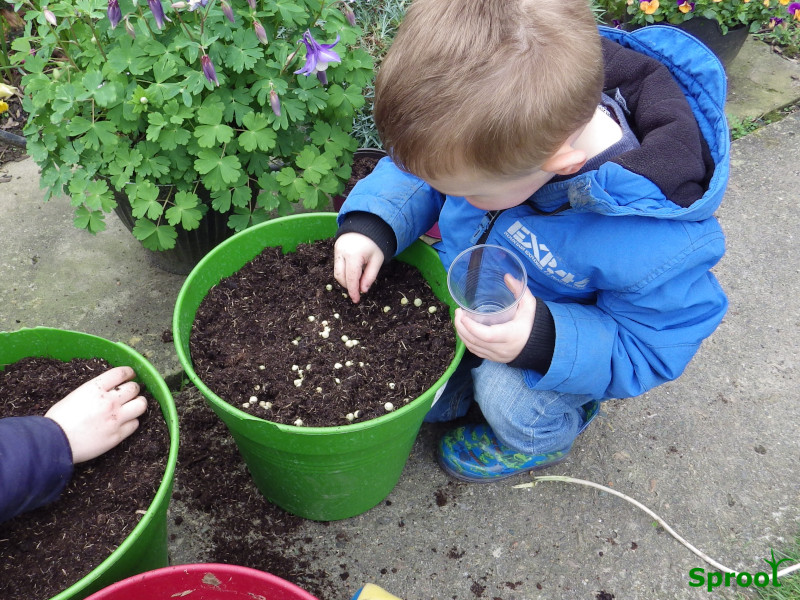
Growing Edibles: Involve them in growing their own food. Start with easy-to-grow plants like peas, which are fun to harvest and eat. Plant fruit bushes and strawberries so they can watch the plants flower and ripen before enjoying the fruit.
Engage with Easy Projects: Try out simple gardening projects designed for kids to foster their interest and teach them basic gardening skills.
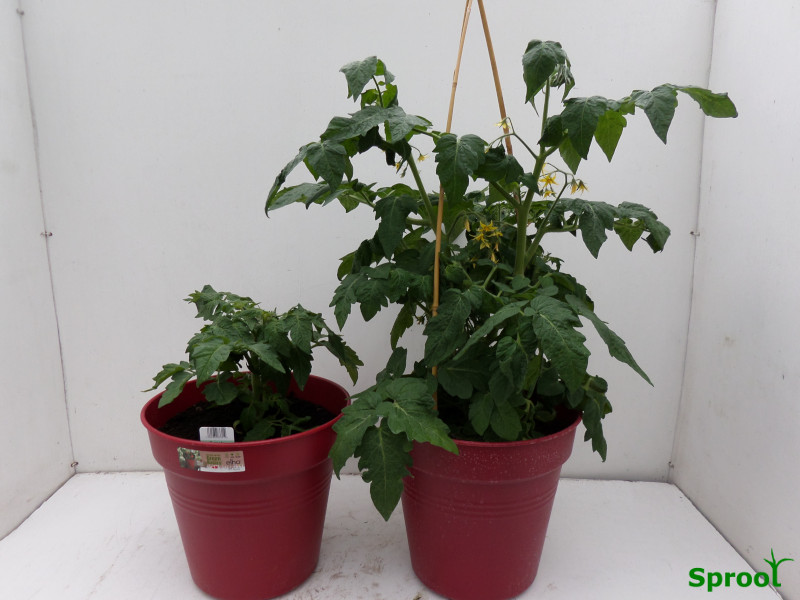
Why Not Start with Some Easy Projects?
You don’t even need a garden to begin! Start with simple projects like house plants or container gardening, and you’ll quickly expand your gardening knowledge. These initial steps will help you discover your preferences and style, guiding you to decide what kind of gardener you want to be.
Starting now is easy—plants are forgiving and will always try to grow with just a bit of care. Dive into gardening today and let your journey unfold!
Gardening can become a cherished part of childhood, offering both education and enjoyment while creating lasting memories.
Aspiring Chef
For an aspiring chef, growing your own ingredients is a game-changer. Here’s how you can enhance your cooking with garden-fresh produce:
Start a Veg Patch: Dedicate a space in your garden to a vegetable patch. This allows you to grow a variety of vegetables and herbs that will elevate your dishes.
Grow in Pots: If you have limited space, consider growing vegetables and herbs in pots or containers. This can be ideal for patios, balconies, or small gardens.
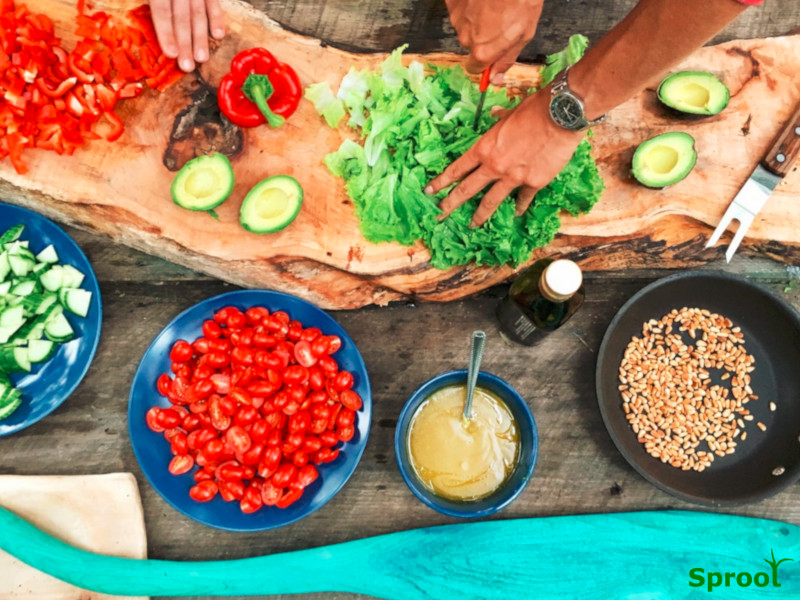
Try Unusual Varieties: Explore and grow unusual vegetables and varieties not commonly found in stores. This can add unique flavors and textures to your cooking, making your dishes stand out.
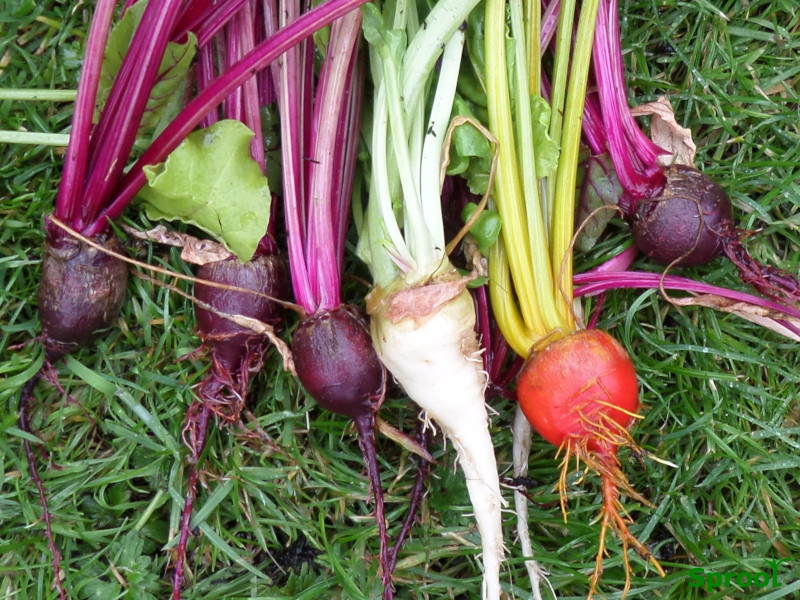
Seasonal Produce: Grow produce according to the seasons to ensure you have fresh ingredients year-round. Experiment with different crops to find what works best for your cooking style.
Freshness and Flavor: There’s nothing quite like the taste of food picked fresh from your garden. The flavor and nutritional value of homegrown produce often surpasses that of store-bought ingredients.
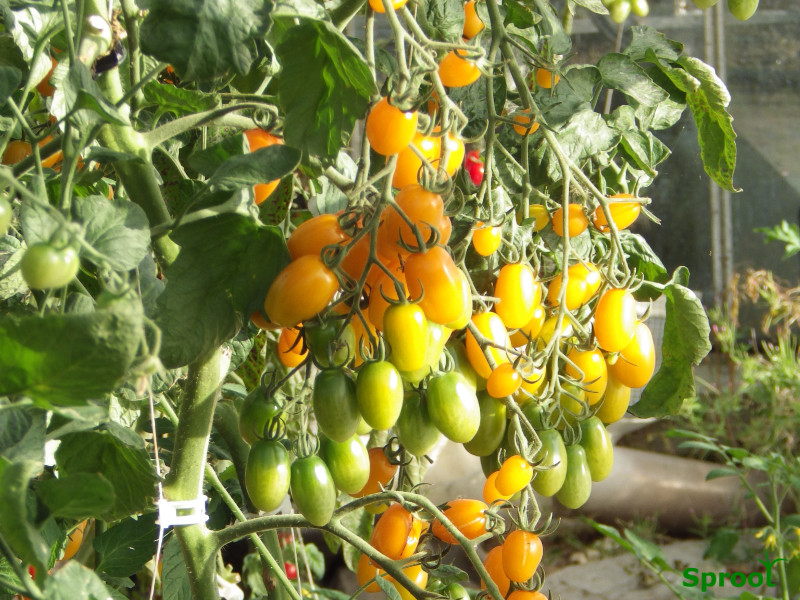
Growing your own ingredients not only enhances your culinary creations but also offers a rewarding and satisfying gardening experience.
Spiritual
Gardening can be a deeply spiritual and calming experience. By designing your garden with mindfulness, you can create a serene space for reflection and relaxation. Here’s how to craft a garden that nurtures both body and soul:
- Create a Quiet Corner: Designate a specific area in your garden for tranquility. This could be a small, private nook with comfortable seating where you can sit and meditate, read, or simply enjoy the peace.
- Incorporate Healing Plants: Grow herbs and plants known for their calming and healing properties. For example, lavender, chamomile, and mint not only add beauty but also have soothing effects on the mind and body.
- Use Water Features: Integrate elements like a small fountain, pond, or birdbath. The sound of water can enhance relaxation and create a soothing atmosphere.
- Design a Tranquil Oasis: Consider elements of a Japanese-style garden, such as minimalistic design, natural materials, and carefully placed rocks. The simplicity and harmony of these gardens foster a peaceful environment.
- Include Reflective Props: Add items such as wind chimes, garden sculptures, or stepping stones to enhance the sense of calm and personal connection with nature.
By thoughtfully incorporating these elements, you can transform your garden into a sanctuary that promotes peace and spiritual well-being.
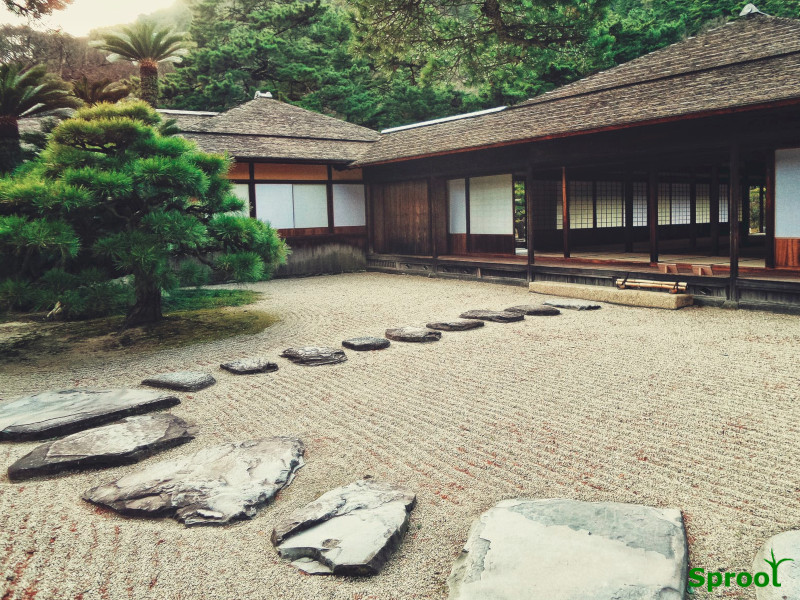
I Haven’t Got a Garden
No garden? No problem! There are plenty of ways to enjoy plants and gardening, even in small or indoor spaces. Here’s how you can get started:
Outdoor Spaces:
Doorsteps and Fences: Use pots or containers to grow plants on your doorstep or hang them from your fence. This can add greenery and charm to small outdoor areas.
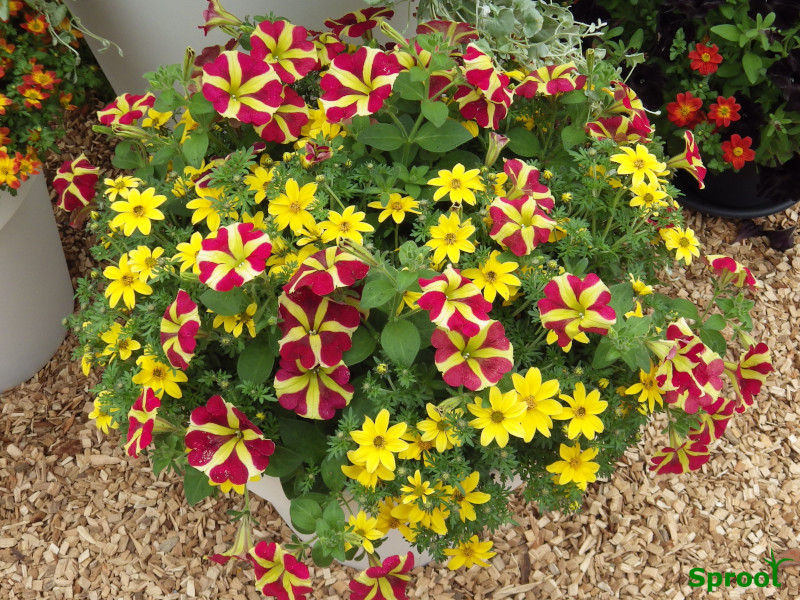
Hanging Baskets: Perfect for adding color and greenery without requiring ground space. You can hang them from hooks or railings to create a lush, vertical garden.

Are You a Frustrated Designer?
If you have an eye for color and fashion, creating hanging baskets or planters is a fantastic way to channel your design skills. It’s not only easy but also a creative outlet that lets you experiment with combinations and styles. From vibrant blooms to lush foliage, designing your own baskets and planters allows you to bring your unique vision to life and enhance your space with your personal touch. Dive into this fun and rewarding hobby—start now and watch your design skills flourish!
Window Boxes: Install window boxes to grow flowers, herbs, or even small vegetables. They provide a lovely view from both inside and outside.
Indoor Spaces:
Even without a traditional garden, you can cultivate and enjoy plants in creative ways, turning any space into a green oasis.
Indoor Vegetables: Grow herbs like basil, mint, and parsley or salad greens like lettuce and spinach in small pots or containers. These can be grown on windowsills or countertops.
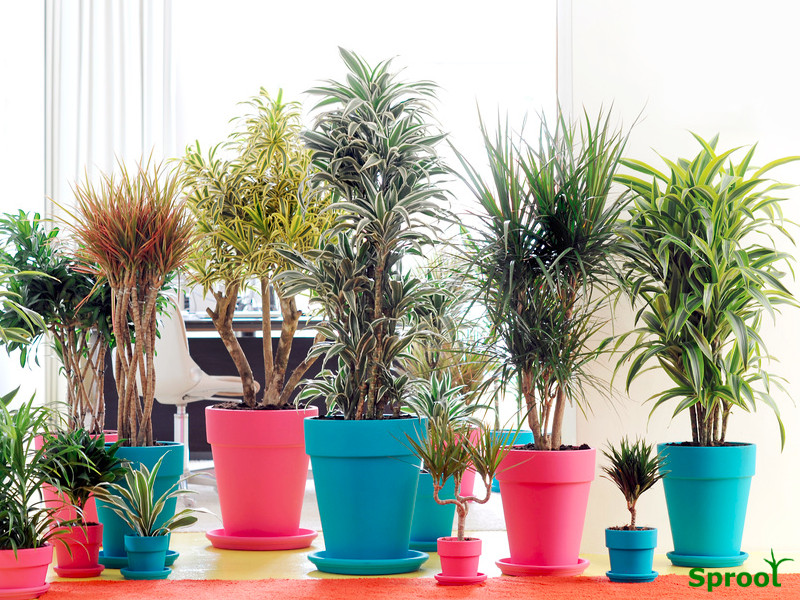
House Plants: Choose low-maintenance houseplants that thrive in indoor conditions. Plants like pothos, snake plants, and peace lilies can add beauty and improve air quality.
Miniature Gardens: Create small-scale indoor gardens, such as terrariums or fairy gardens. These compact gardens can be a delightful way to bring nature indoors.
DIY Planters and Baskets: Craft your own planters or hanging baskets using materials like recycled containers, wood, or metal. Personalize them with paint or decorations to match your style.
Care About the Environment
Gardening is more than just a hobby; it’s a powerful way to positively impact the environment. Here’s how your garden can contribute to a healthier planet:
- Improve Air Quality: Plants absorb carbon dioxide and release oxygen, helping to purify the air. Trees, shrubs, and even houseplants can play a role in creating cleaner, fresher air.
- Collect and Store Rainwater: Gardens can be designed to capture and store rainwater, reducing runoff and conserving water. Use rain barrels or create rain gardens to manage stormwater and support local water systems.
- Provide Habitats: Gardens offer essential habitats for various creatures, including pollinators like bees and butterflies, birds, and beneficial insects. Planting native species can attract and support local wildlife.
- Grow Organically: Adopting organic gardening practices helps reduce the use of synthetic chemicals and promotes a healthier ecosystem. Organic gardening encourages biodiversity and soil health, benefiting the environment.
- Lifestyle Choice: Gardening organically may inspire you to consider other eco-friendly practices in your life. You might choose to reduce plastic use, recycle more, or support sustainable products.
By integrating these practices into your gardening, you contribute to environmental conservation and create a more sustainable and harmonious living space.
